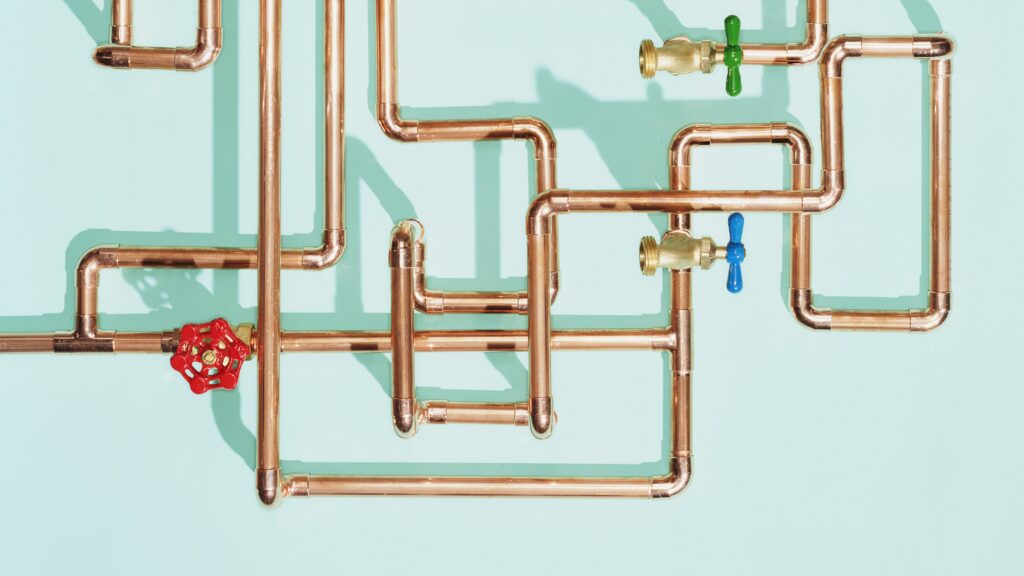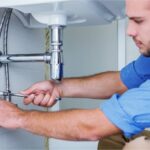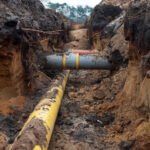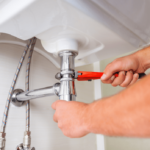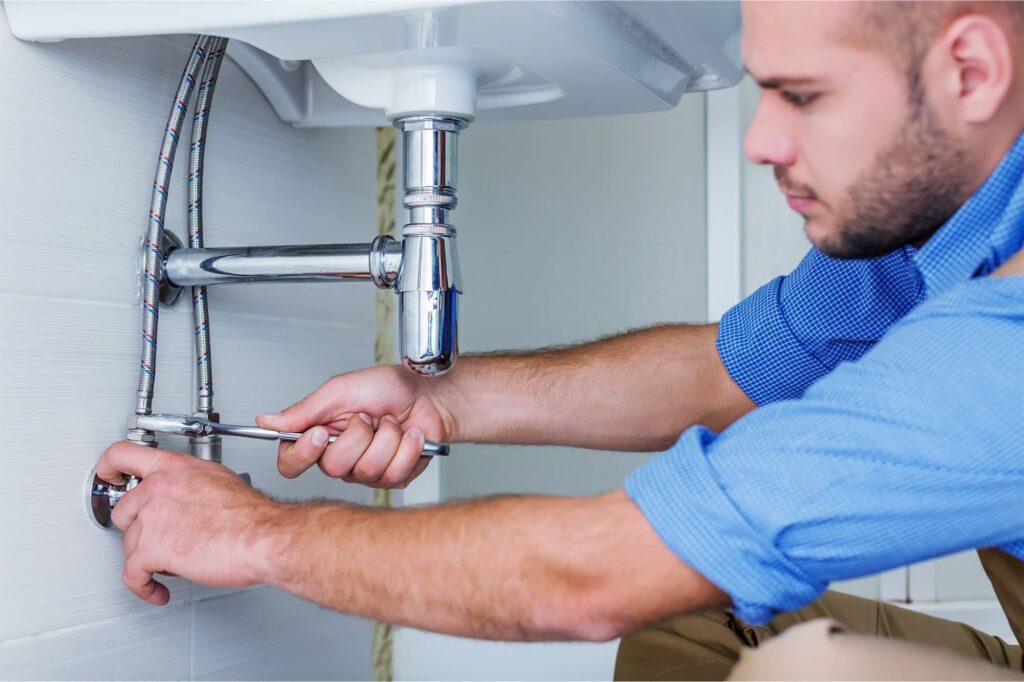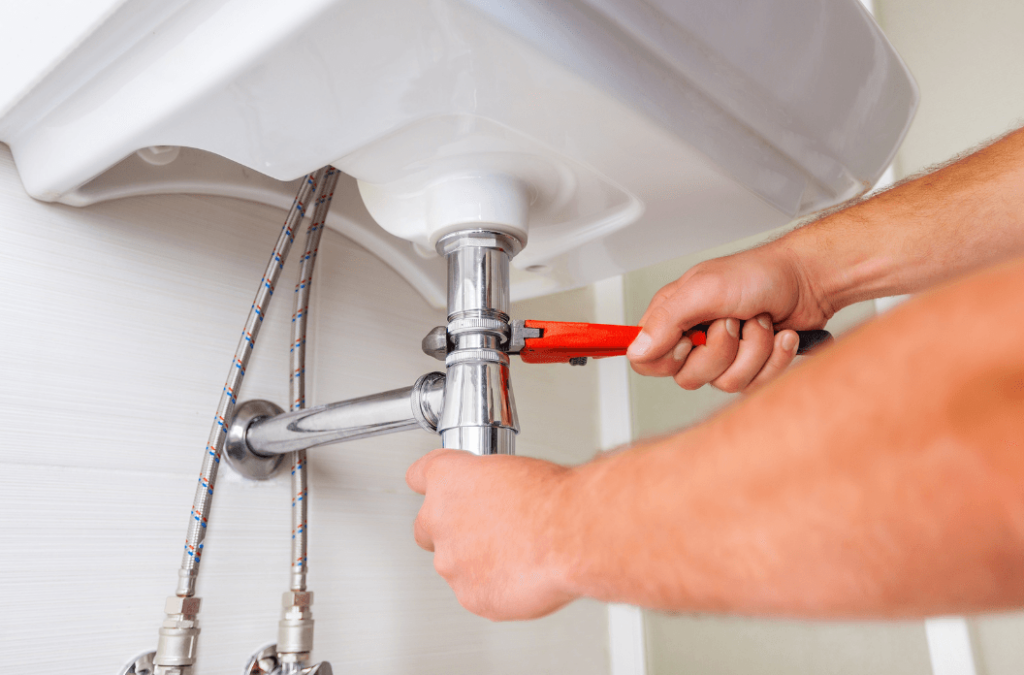Dealing with plumbing issues in your home can be a challenge. Fortunately, I’ve encountered several of them and learned how to resolve these common hitches. Today, I’m going to share my experiences dealing with the typical plumbing problems that homeowners encounter.
One might want to familiarize themselves with the following key areas involving common plumbing problems:
- Unclogging Drains: This includes tips on how to effectively clear blocked pipes.
- Low-Pressure Water: Find ways to tackle this annoying issue and restore normal water flow.
- Racing Toilets: Learn to identify and fix a seemingly ever-running toilet problem.
- Hot Water Issues: Measures for identifying and correcting water heater glitches.
- Frozen Pipes: Get advice on preventive measures and ways to handle the dreadful frozen pipes problem.
If the above solutions don’t seem to work, consulting a professional plumber might be the best recourse.
Contents
Tackling Common Plumbing Problems
Plumbing issues can range from a minor faucet leak to major pipe damage.
Regardless of the severity, avoiding or delaying fixes can lead to bigger complications.
To help homeowners handle such problems, I found this great source: Realty Digest’s Guide on Common Plumbing Issues and How To Fix Them.
This guide provides handy information that could help you prevent snowballing minor issues into major ones and thus aid in maintaining an efficient plumbing system’s operation.
I highly recommend checking it out for easy-to-understand solutions for common plumbing problems!
Solutions for Clogged Drains
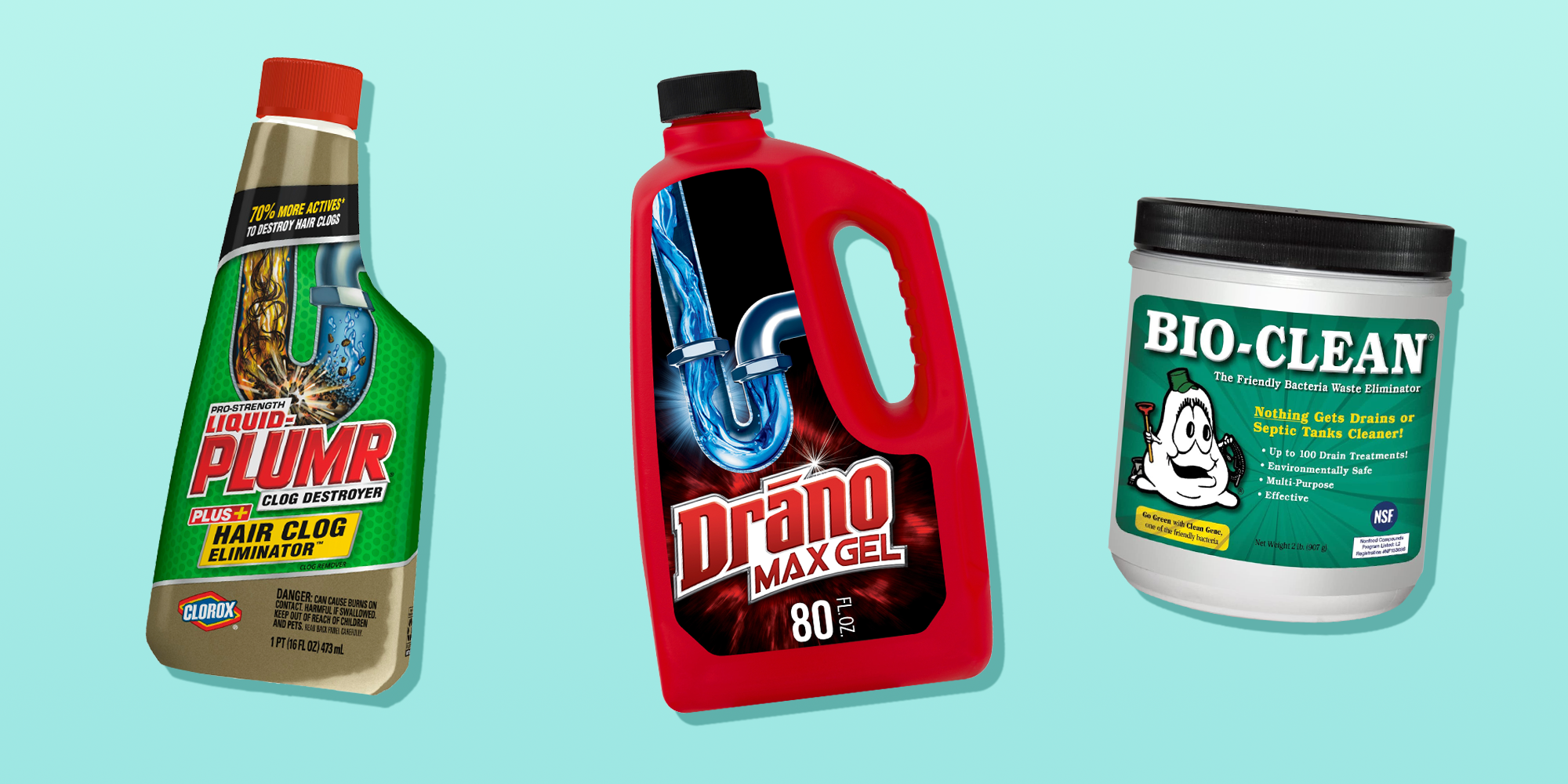
It’s common to encounter a problematic clogged drain, causing frustration and inconvenience.
Solving this issue might seem challenging, but it’s not impossible.
A few household tools can be quite effective.
Determine the severity of the blockage before proceeding. If the problem seems minor, try some readily available solutions first.
This Home Hints article suggests using a plunger can often be a quick resolution to a clogged drain.
Plunge gently at first as the bell of the plunger could force air into the pipe causing water splashes
If plunging fails, consider using a hand auger. It’s a useful tool that can reach up to five feet down into the drain.
You will find detailed instructions on using plungers and augers on this how-to guide.
Keep your drains clean and water flowing smoothly, maintaining your home’s sanitation and peace of mind.
Addressing Low-Pressure Water Issues
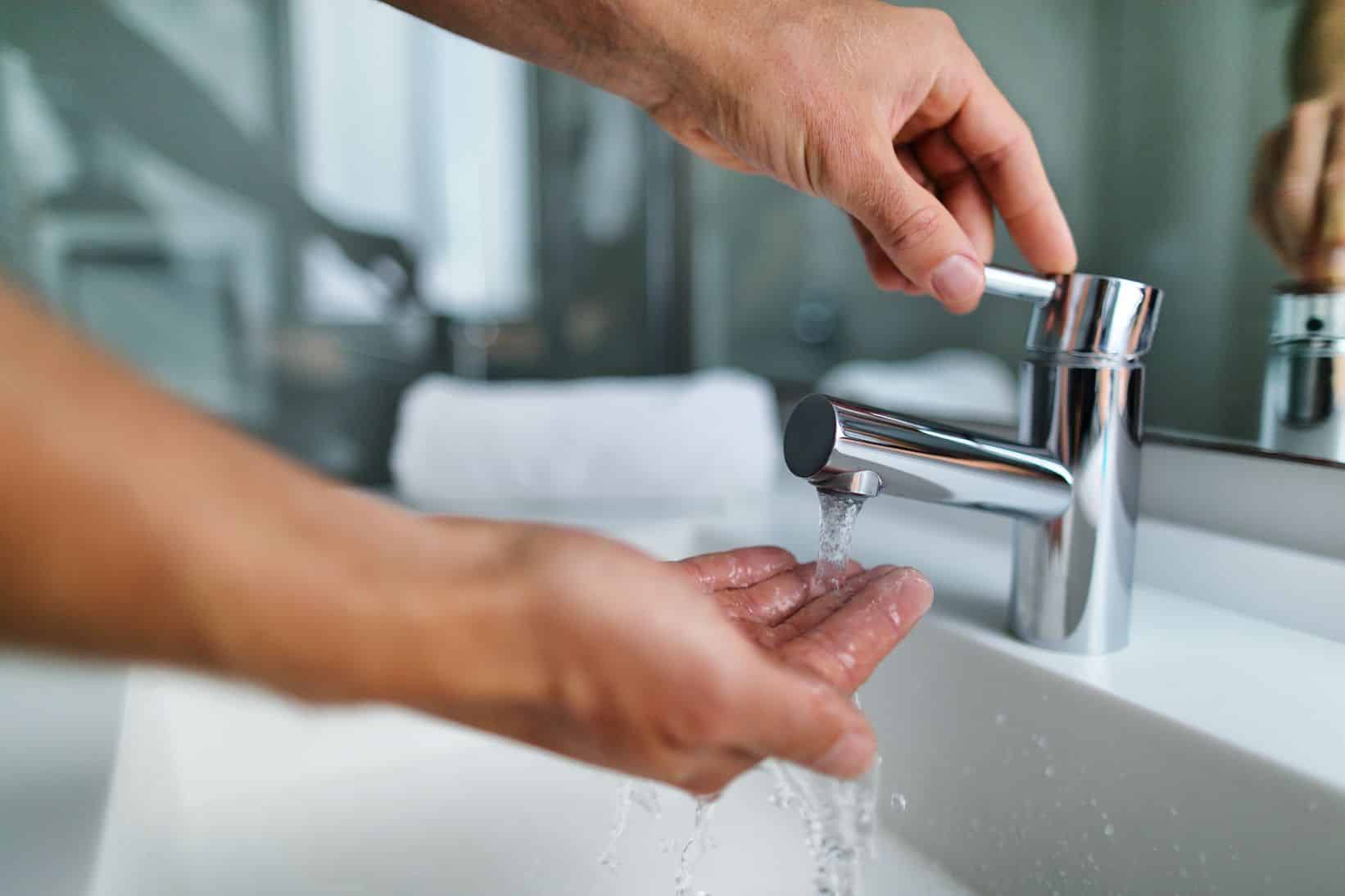
Low-pressure water problems can be frustrating. Slow showers, trickling taps or lackluster laundry cycles can signal these issues.
Causes of Low-Pressure Water
Several factors can prompt low water pressure. These could include blocked pipes, outdated fixtures, or unadjusted controls in your plumbing profiles.
Understanding the root cause is crucial. This will help you decide whether to DIY or call for help from a professional plumber.
Tackling Low Pressure Situations
An easy first step is inspecting all system valves. Sometimes, a partially closed shutoff valve can cause the problem.
If that doesn’t do it, check your pipes for clogs or leaks. Leaks not only cause low pressure but also increase your bills.
Replacing Old Plumbing Fixtures
Worn-out fixtures could be resisting optimal water flow, leading to low-pressure issues.
A qualified plumber can update your system with modern fixtures designed to handle water more efficiently and effectively.
Finding Remedies for Running Toilets
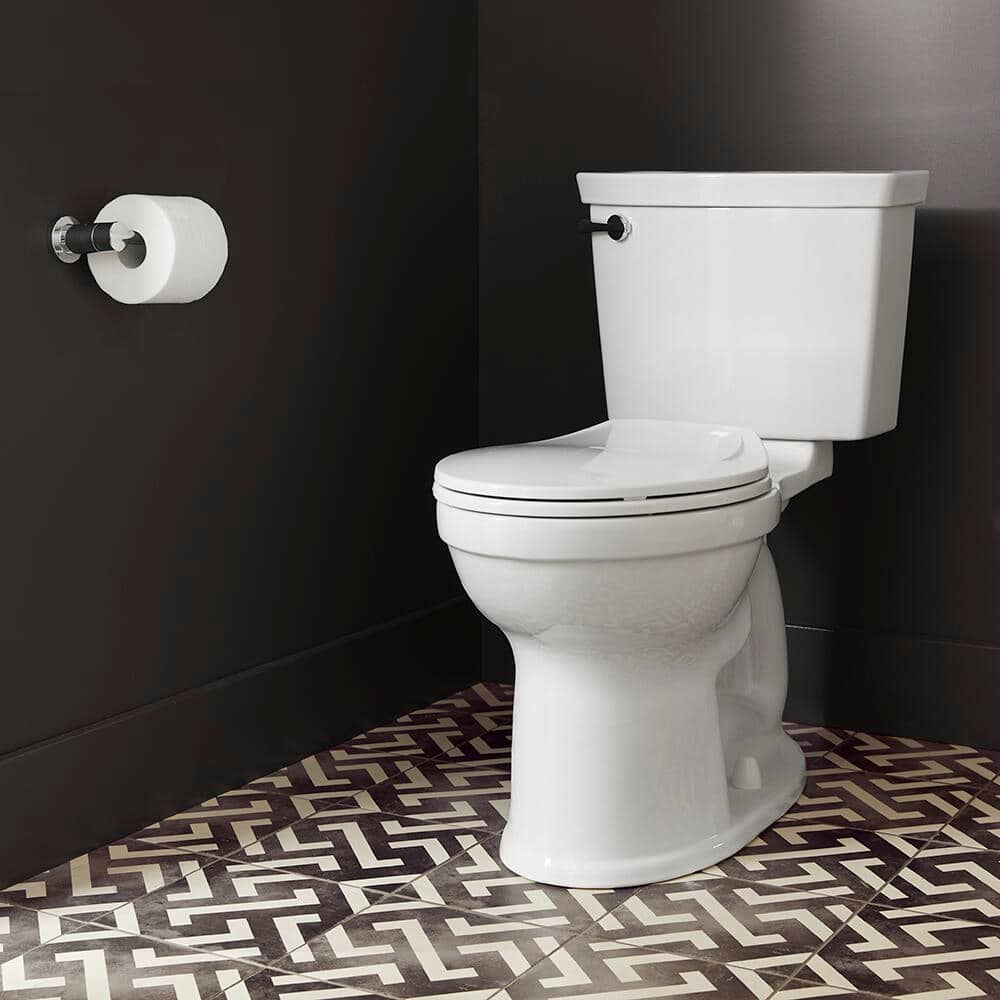
Having a running toilet is no fun. It can cost you extra in water bills and create unnecessary noise.
Here, we explore a few ways to tackle this common issue. You’re not alone in experiencing it.
- Investigate the Flapper: A damaged flapper is usually the main cause of a running toilet.
- Look at the Fill Valve: A fill valve controls the amount of water in your tank. A faulty one might cause overflows.
- Consider the Float Height: If the float is set too high, it could keep your tank from filling properly.
- Check Valve and Tube Connection:To ensure they aren’t loose or disconnected, which would lead to leakage.
By carefully examining these components, it’s possible to resolve a running toilet without seeking professional help. While it might seem daunting at first, with patience and effort, you’ll have your toilet running smoothly again in no time.
If you are unsuccessful, don’t hesitate to hire a professional to resolve the issue before it becomes more severe. Take immediate action as soon as possible to avoid exacerbating the problem.
Diagnosing Water Heater Problems
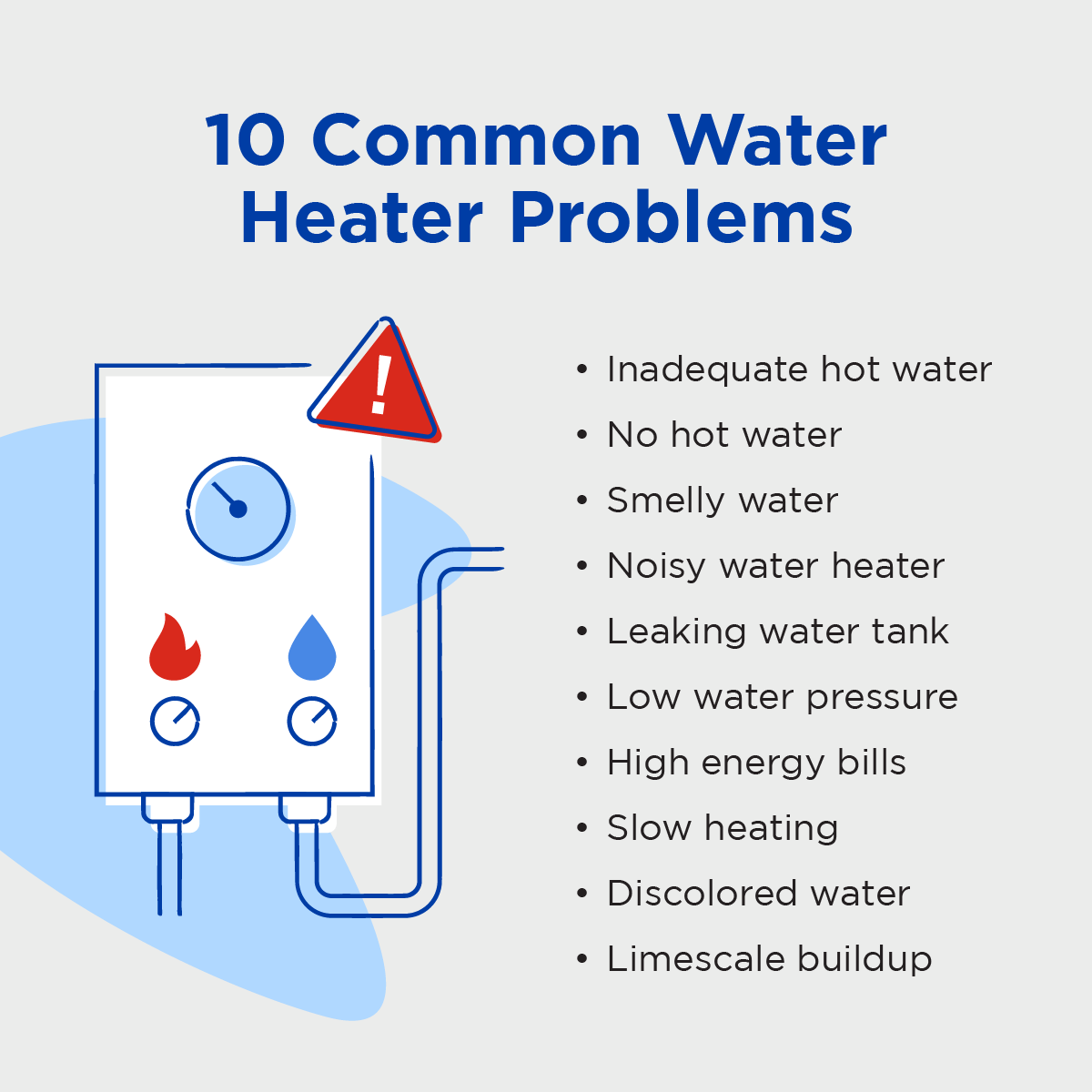
What are the Common Signs of Water Heater Problems?
Indications of water heater issues can include an unexpected reduction in hot water supply.
Noises originating from the unit or visible leakage are also common signs.
How Can Sediment Build-up Impact My Water Heater?
Sediment build-up can decrease water heater efficiency and lifespan.
The accumulation of sediment at the bottom of the tank can cause overheating issues.
What Causes Water Heater Leaks?
Deterioration due to age or pressure build-up in the tank can lead to leaks.
Faulty components like the pressure relief valve or drain valve could also be culprits.
Why Does My Water Heater Make Noises?
Accumulated sediment might cause rumbling, popping, or crackling sounds from your water heater.
Noises could also be due to a faulty heating element or water pressure issue.
Can Inadequate Hot Water Supply be Fixed?
In some cases, inadequate hot water supply can be rectified by adjusting the thermostat setting.
If this fails, you may require professional assistance to identify and address the underlying cause.
Spotting Signs of Plumbing Emergencies
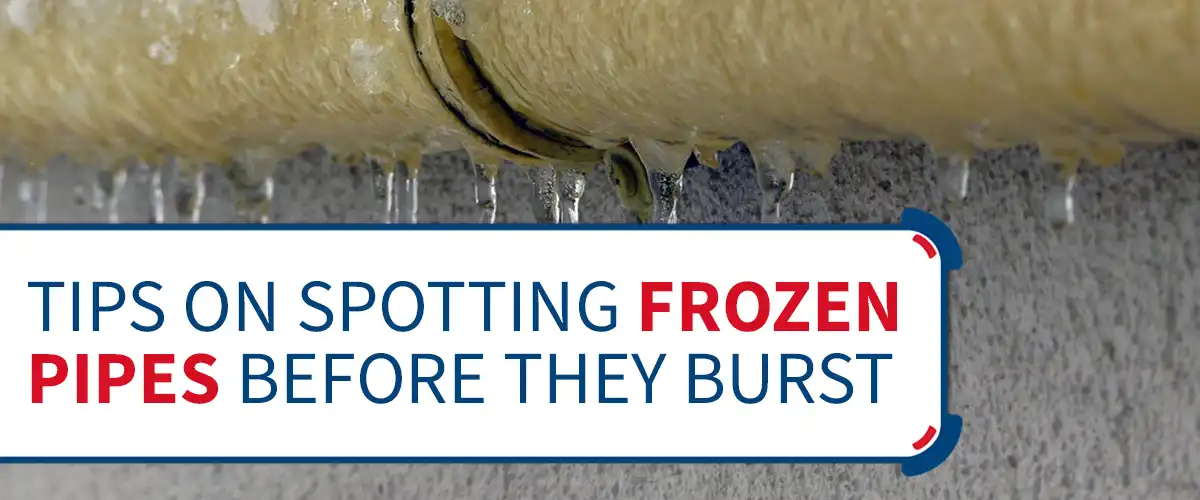
An underlying problem with your plumbing system can manifest in various signs. Noticing these early is key to preventing damaging consequences.
Unusual noises from pipes, inconsistencies in water pressure, and visible water stains on walls and ceilings are common indicators of a plumbing emergency.
Furthermore, the odor of sewage inside your home, constantly running toilets, or unexplained high water bills also indicate potential issues.
| Signs | Possible Reasons | Solutions |
|---|---|---|
| Noisy Pipes | Pipe leak or misalignment | Pipe inspection and possible replacement |
| Water Stains | Water leakage from pipes or roof | Leakage detection and repair |
| Sewage Smell | Sewage line break or blocked vent pipe | Sewage line inspection and repair |
| Running Toilet | Overflowing cistern or flapper valve issue | Toilet mechanism check and repair |
| High Water Bill | Meter reading error, over-consumption or leaks | Meter check, usage reduction strategy or leak repair |
| Remember to contact a professional plumber for any identified issues. | ||
Taking note of these pointers can set you on a path of early identification and swift rectification of plumbing issues.
Recognizing Unexpected Water Bills

Inconsistent water bills are a common sign of undetected plumbing issues. Increasing costs may indicate unseen leaks or faulty equipment.
Regular monitoring of your bill can help identify these anomalies. Rapid increases in water use signify potential plumbing problems.
Preventing Costly Leaks
Regular checks and maintenance help prevent leaks. Early detection is key to fixing small problems before they escalate.
Assessing your household’s water usage habits aids in determining if the rise in bill is due to a leak or increased consumption.
Spotting Faulty Equipment
Faulty fixtures or appliances might contribute to higher water bills. Is your toilet running continuously? This could be the culprit.
Replacing malfunctioning equipment promptly will maintain your home’s plumbing system efficiency and lower water bills.
Maintenance and Repair Tips
Maintenance not only extends the lifespan of your plumbing but also ensures it operates effectively, saving money in the long run.
For complex issues, professional plumbers are equipped with necessary skills and tools to diagnose and repair your system efficiently.
Preventing and Handling Frozen Pipes
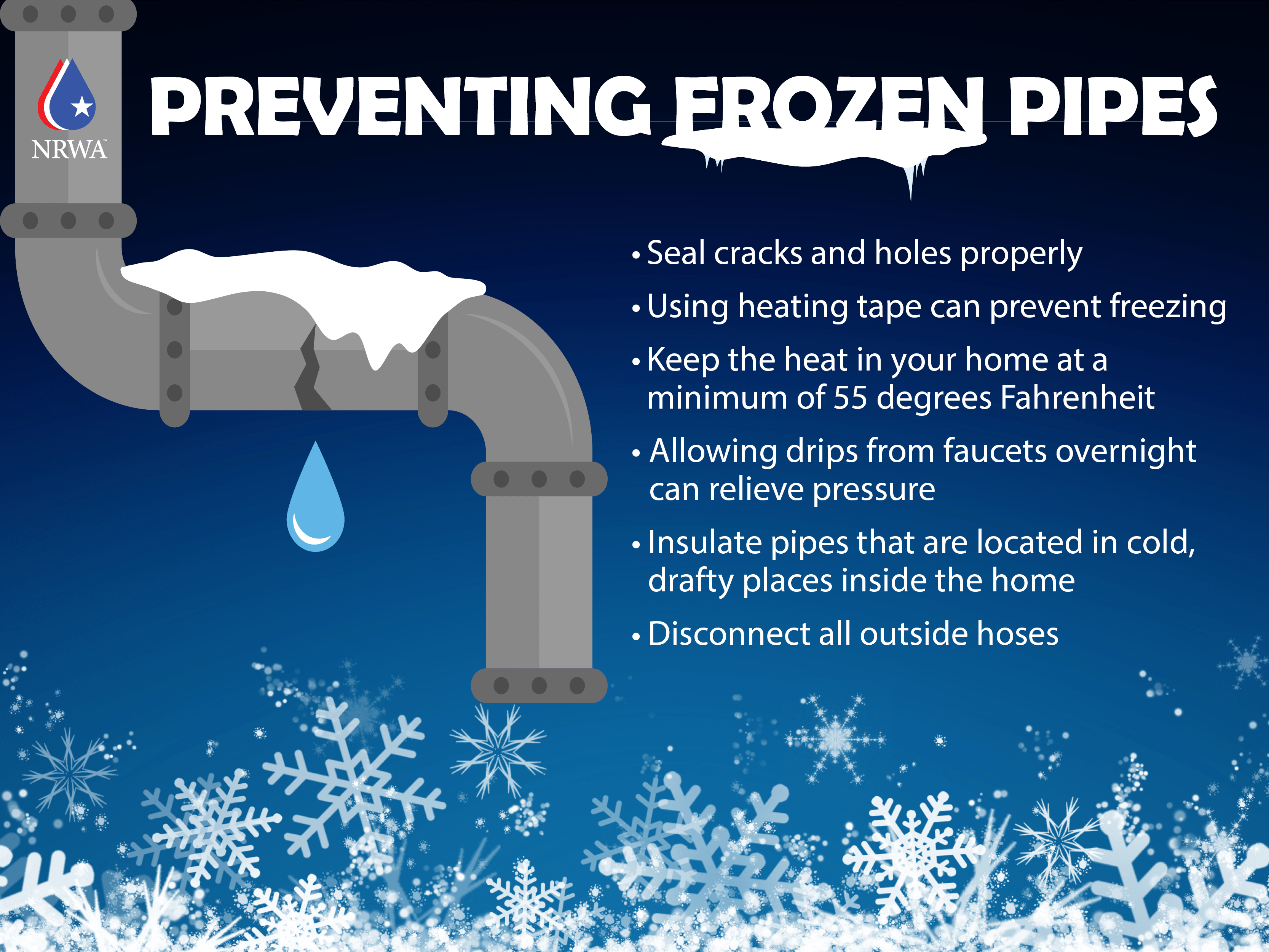
Bearing the burden of frozen pipes can be an ordeal. However, with apt knowledge, this situation is manageable.
Appropriate insulation of water pipes is a preventive measure. This reduces chances of freezing during cold spells.
A key indicator of frozen pipes is irregular water flow. If you face such an instance, act immediately to prevent pipe burst.
- Apply heat directly: Safely apply heat to the frozen area using items like heating pads or electric hair dryers.
- Maintain faucet openness: As the ice melts, water should have an open path to flow out, hence keep the faucet open.
- Contact professionals if needed: If you can’t locate the frozen area or if it’s not accessible, call a licensed plumber for assistance.
This source provides further insight into tackling frozen pipes effectively. It’s crucial to be well-prepared and informed for these situations.
Note that prevention steps are always better than dealing with damage later. So, strive to maintain your plumbing system meticulously to avoid such distresses.
Utilizing Plumbing Maintenance Tips

A well-maintained plumbing system is crucial for a smooth-running home. It not only ensures efficient water flow but also prevents potential health risks.
Plumbing maintenance might seem daunting, but it’s relatively manageable with some basic tips. Here we break down these tips into easily digestible chunks.
Regular Inspection is Key
An initial step for plumbing maintenance is regular inspection. Regular checks can help identify minor issues before they escalate into significant problems.
Look for damp spots under pipes and surrounding areas for potential leaks. Active leak signposts include wet spots, mold, and musty odors.
Drain Cleaning 101
Clean drains are vital for efficient plumbing. Over time, drains can get clogged with food scraps, hair or other debris which may lead to unhygienic conditions and blockages.
Using a plunger or handheld drain snake can nip these clogs in the bud. It’s advisable not to use harsh chemicals as they might damage your pipes.
Inspect Appliances Regularly
Regularly check appliances that use water such as dishwashers and washing machines. They should be free of leaks and perform optimally to avoid potential plumbing issues.
Regular appliance maintenance reduces the chances of requiring costly repairs or replacements in the long run.
Plumbing Prognosis
Being vigilant for signs of household plumbing issues, such as water discoloration, slow drainage, or unusual sounds, can save costly repairs. Monitor your water usage and bill for any unexpected increases. Regular maintenance is key to preventing major problems. Always call a professional when in doubt to ensure your home’s plumbing health.
